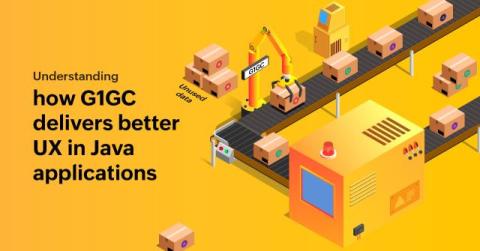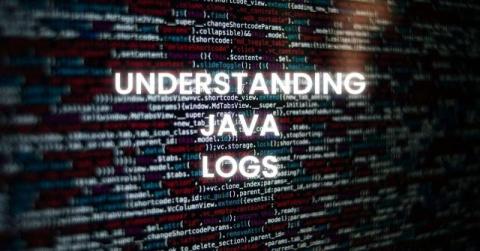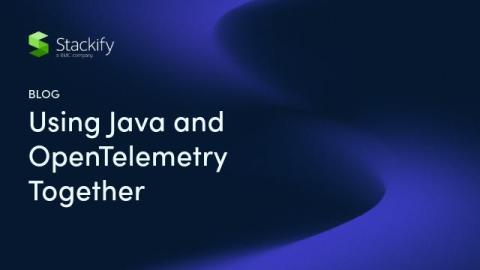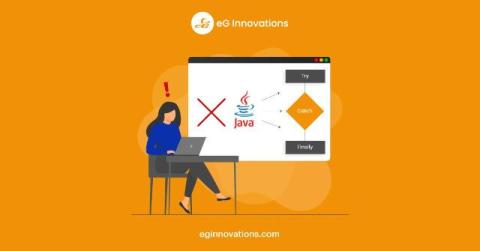GICG: a deep-dive into how the Java garbage collector works and its benefits
Garbage collectors in Java, along with other programming languages such as C# and Python, are automated processes that run in the background to free up memory. Garbage collectors routinely identify and reclaim unused memory to stop memory leaks (unused objects still being referenced) and make applications more efficient and faster for end users.











